03 Apr
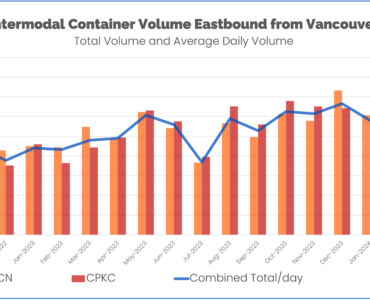
Canada Intermodal Rail Volume Report: March 2024
Driven by a surge of imports, container volume through the Port of Vancouver hit its highest level since August 2022, with a total of 75,110 containers, an increase of 51.7% over last year.
22 Mar

Facing a Railway Strike- How Rail Customers Can Mi...
With Canada on the brink of a national railway shutdown, rail users face huge losses. This detailed report shows rail customers what to expect and how to mitigate their risks.
08 Feb
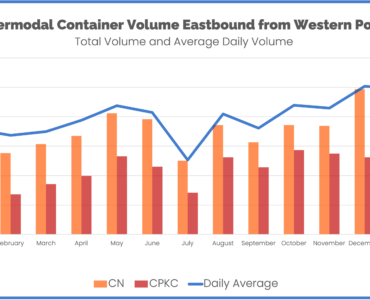
Canada Intermodal Rail Volume Report: January 2024
Total average daily volume headed eastbound from the Western Canada ports declined 1.7% in January compared to December.
08 Feb
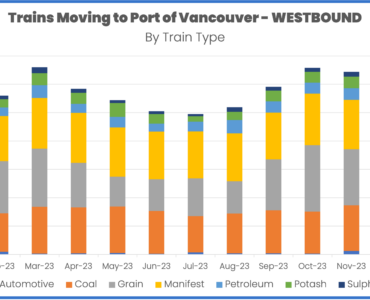
Canada Ports Rail Volume Report: January 2024
Total train volume westbound to the Port of Vancouver dropped 12.9% in January compared to December. Part of this is from a decrease in train volumes in the middle of January caused by the extreme cold.
08 Feb

Rail Volume Report: US Southwest January 2024
Total container volume last month on both lines was 209,110, down slightly from 216,295 in December. BNSF moved 65.0% of total container volume and 64.3% of domestic container volume.
24 Jan
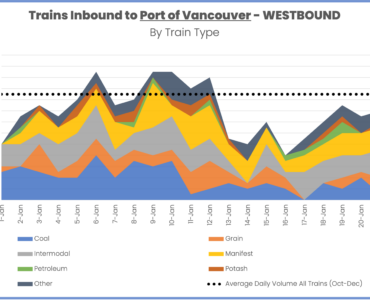
Extreme Cold Snarls Rail Movements Throughout West...
Record low temps lead to reduced train volumes and smaller trains. Traffic inbound to the Port of Vancouver suffered the greatest impact.
11 Jan
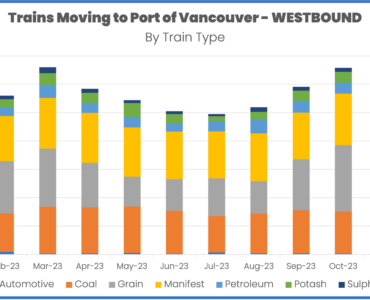
Canada Ports Rail Volume Report: December 2023
Total train volume westbound to the Port of Vancouver declined 4.0% in December compared to November. Sulphur unit trains increased the most, growing from 17 trains to 22 trains. The largest decrease came from Grain unit trains, which declined 19.2%
11 Jan
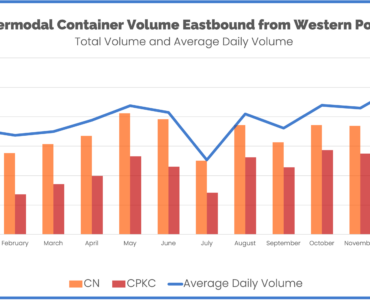
Canada Intermodal Rail Volume Report: December 202...
Average daily volume of international intermodal containers headed eastbound from the Western Canada ports grew 17.4% in December compared to November.
11 Jan

Rail Volume Report: US Southwest December 2023
Total container volume last month on both lines was 216,295, with BNSF moving 63.2% of total container volume and 65.2% of domestic container volume.
14 Dec
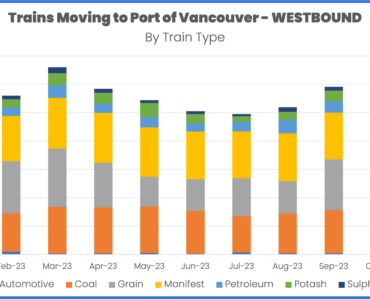
Canada Ports Rail Volume Report: November 2023
Total train volume westbound to the Port of Vancouver declined 3.5% in November compared to October. Automotive trains increased the most, growing from 4 trains to 12 trains. The largest increase in train counts were Coal trains, which grew from


